There are moments in a leader’s life when you feel a distinct shift, a recognition that something you are experiencing in real time will leave a lasting impact on who you are and how you lead.
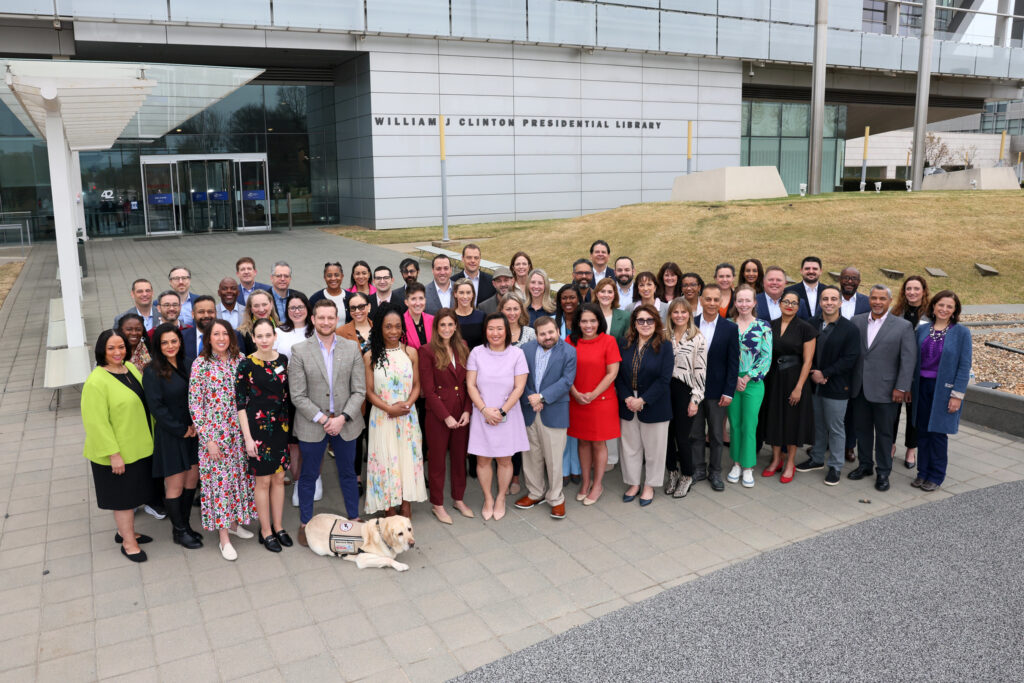
Recently, that moment came for me during Module 3 of the Presidential Leadership Scholars (PLS) program at the William J. Clinton Presidential Library in Little Rock, AR.
Standing in the space that chronicles decades of public service, policy decisions, and a lifelong commitment to people, I felt both grounded and propelled. This wasn’t just a visit. It was a reminder of why I do what I do, and the future I want to help shape through education, leadership, and systems that work for people, not just today, but long into tomorrow.
President Bill Clinton’s words etched on the walls captured it perfectly:
The thing I want most is for people who come to this library to see that public service is noble and important.
That intention, public service as a noble, transformative act, is something I carry with me in every aspect of my leadership journey. Whether it is in healthcare, education, or workforce development, I believe that when done well, public service isn’t about politics. It’s about people. And it’s about building bridges between vision and reality, particularly through education, which is health.
At dinner, I had the honor of sitting at President Clinton’s table with a few of my classmates. I asked him a question about balancing decision making in the moment versus taking a longer-term approach and he offered keen insights into prioritizing leadership decisions that I won’t forget.
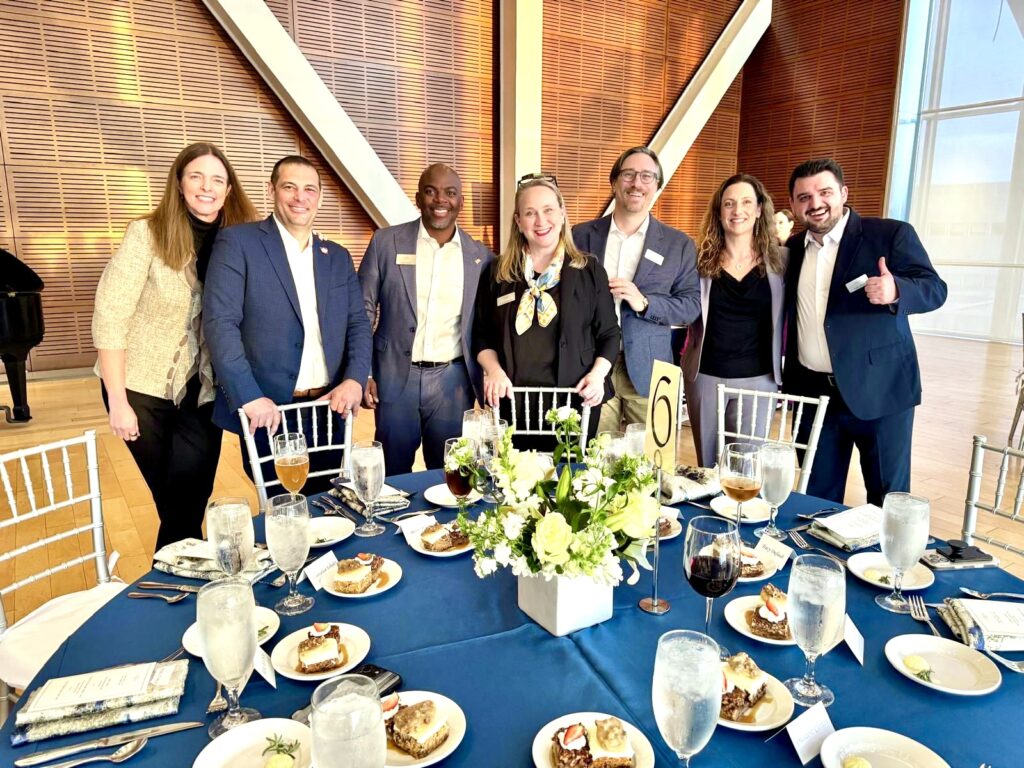
As we cross the halfway point of this program, I’ve found myself deeply moved not only by the lessons shared by the principals, Presidents Clinton and Bush, Secretary Clinton, and so many more, but also by the candor, curiosity, and power of connection within the Class of 2025. In Module 1 in Philadelphia, Todd Connor, a 2016 PLS alum, led us through an exercise on building community from strangers. He emphasized that shared purpose, vulnerability, and grace were essential. This set the tone for the relationships and growth that have followed. The relationships we’re building, the vulnerable conversations we’re having, and the bold actions we’re taking back home are more than just milestones in a curriculum, they are the blueprint for the future of leadership.
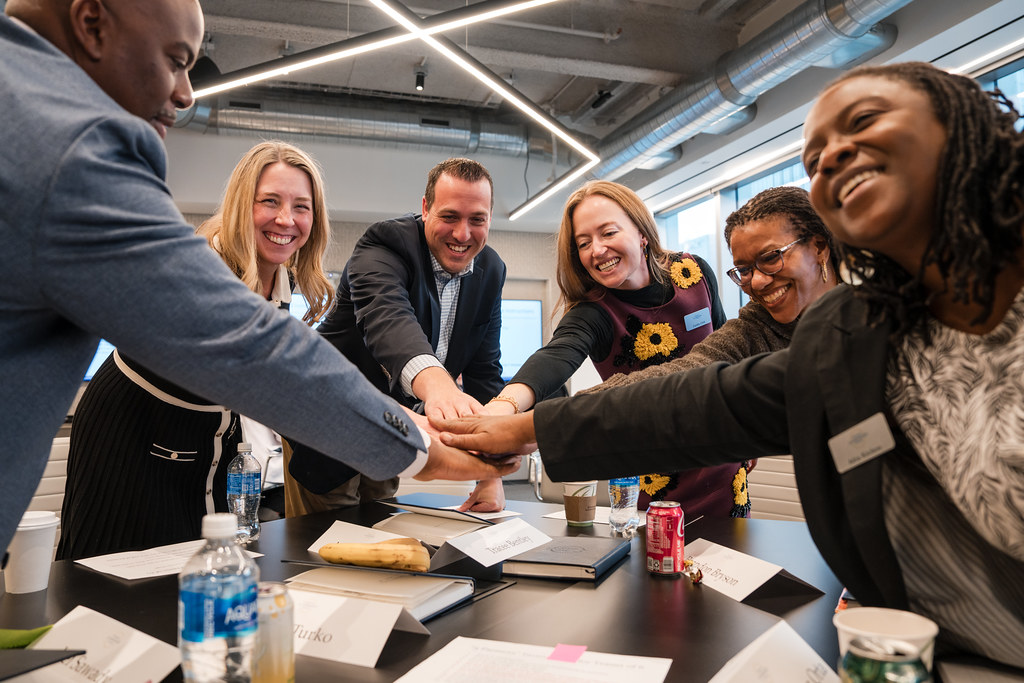
I’ve also taken time to reflect on the experiences that have brought me to this moment and the evolution of both my personal leadership philosophy and my Personal Leadership Project (PLP), which centers on redefining healthcare education and preparing the future generation of our industry for the betterment of the communities we serve.
Leadership as Legacy: Seeds Planted for Forests We’ll Never See
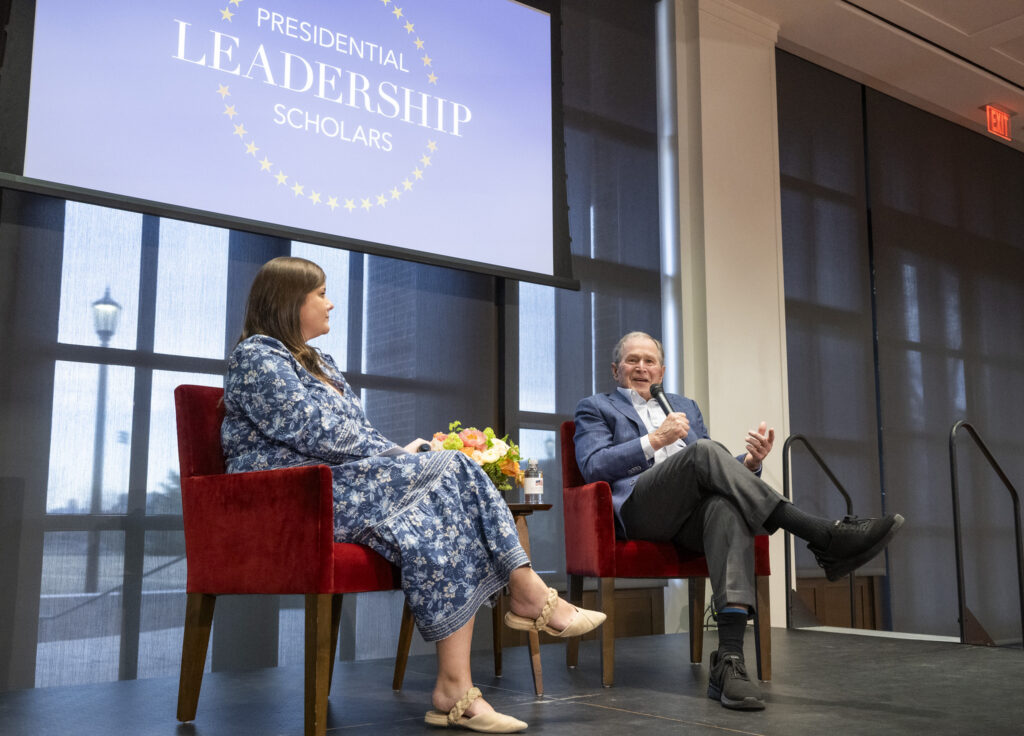
One of the most powerful takeaways came from a session during Module 2 in Dallas: that it might take 40 years to fully understand the impact of President George W. Bush’s time in office.
It made me consider my own work through a different lens. At Northwell Health, as we build new pipelines into healthcare through Northwell School of Health Sciences, FutureReadyNYC, and MedVoyage, launch innovative upskilling initiatives, and deepen our work in the communities we serve, the daily wins are important, but so is the unseen future. These are not short-term initiatives. They are long bets, and they should be.
My classmate, Ed Magee, eloquently quoted a Greek proverb which begs the question: Are we planting seeds for trees under whose shade we may never sit?
Are we building systems that will outlive us?
These questions have become guideposts for my PLP, which focuses on scaling access to education and economic mobility through healthcare. It’s a big vision. But as President Clinton so simply and profoundly asked during our time together: “Will more people be better off because of what I did?”
That’s a legacy worth striving for.
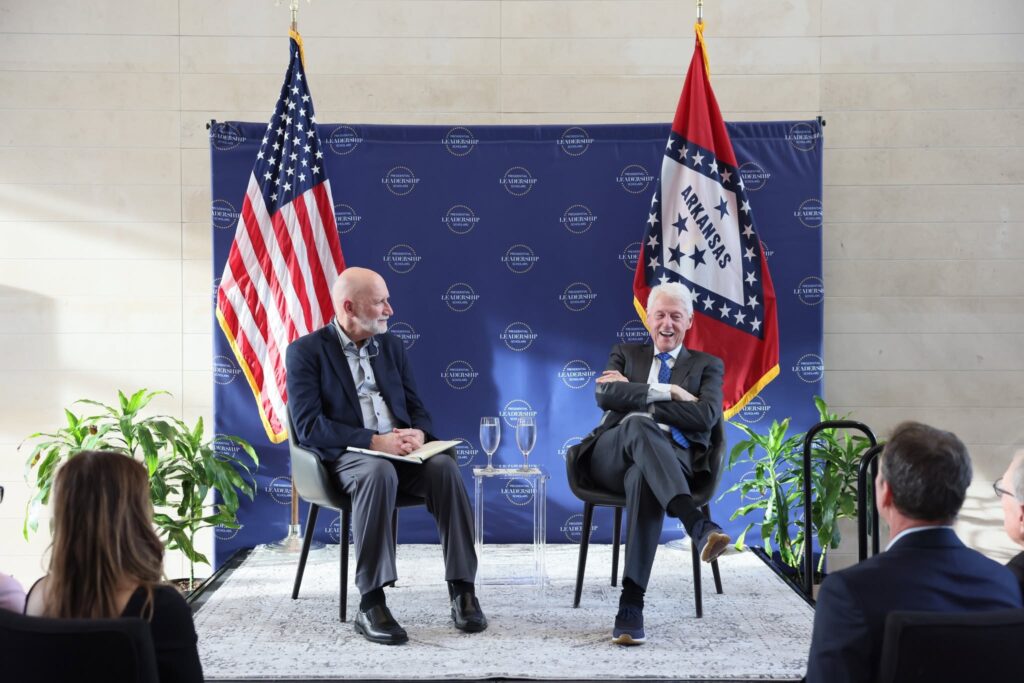
The Clinton Center: A Space for Reflection and Resolve
Walking through the Clinton Presidential Center, it’s impossible not to feel the weight and wonder of what it means to govern in service of others. It’s also a reminder of the Stoic insight that “what’s in the way becomes the way.” This, according to Secretary Rodney Slater, was one of President Clinton’s guiding philosophies. He confronted obstacles head-on, turning challenges into transformation.
That philosophy aligns closely with how I think about leading innovation in large, complex organizations. At Northwell, redefining healthcare education requires navigating operational silos, resisting stagnation, and making bold moves that challenge the status quo. We don’t always know what’s on the other side of those decisions, but we know they are necessary. Like President Clinton, we confront the barriers not as obstacles, but as opportunities.
That principle was further reinforced by Congressman French Hill, whose commitment to local history and community engagement reminded me that leadership also means being proximate. It means knowing the stories of those you serve. In my work, that translates to listening to employees on the frontlines, understanding the lived experiences of learners in our pipeline programs and members of the communities we serve, and collaborating across sectors to co-create solutions that work.
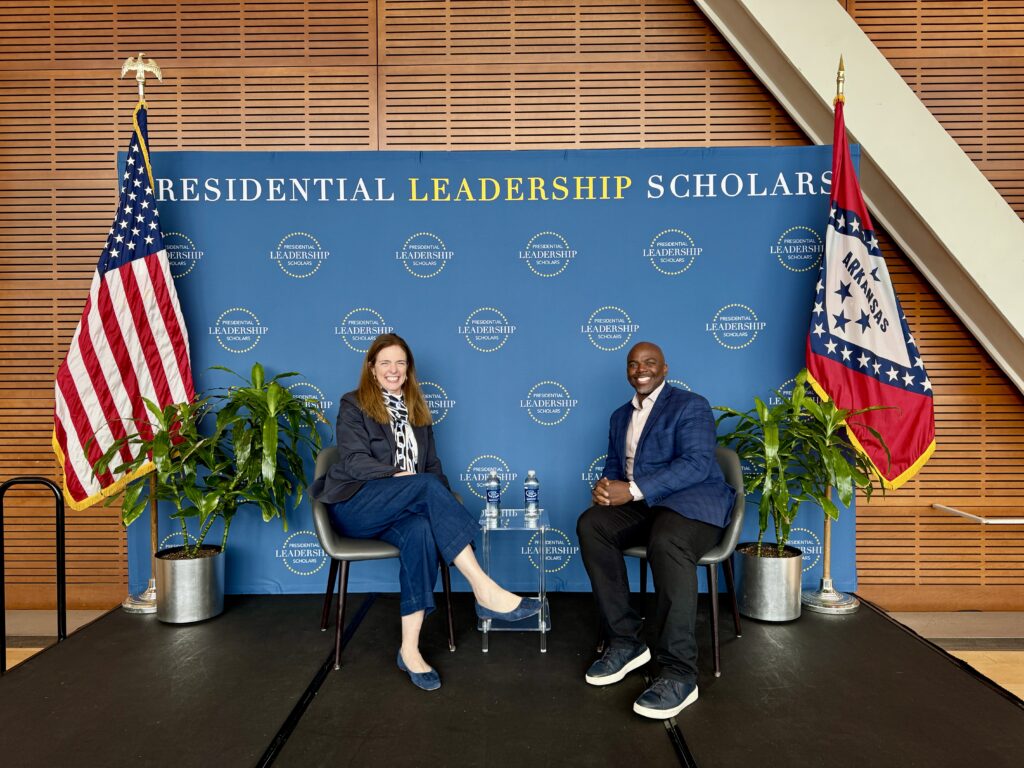
Leadership Through Story: Moving from Memory to Momentum
Throughout Module 3, another theme that emerged was the power of story, not as a “nice-to-have,” but as a strategic imperative. Mike Hemphill’s insight was especially resonant: that leaders shape not only policy but narrative. They offer context in chaos. They give coherence to complex decisions. And when done with care and craft, they move people, not just minds, but hearts.
As a storyteller at heart, this lesson hit home. My podcast, Why I Left, is rooted in elevating real stories of transition, identity, and transformation. It’s about exploring the emotional and strategic decisions that shape our lives and careers. But what I’ve come to appreciate even more through PLS is how these same narrative tools apply to institutional leadership. Whether I’m pitching a new education initiative to an executive team, speaking on a panel about workforce development, or meeting a potential new guest to be on my show, storytelling isn’t just a delivery mechanism, it’s how I build trust, align values, and mobilize action.
In fact, I often urge my colleagues and team to become more intentional storytellers in their work. We’re not just sharing impact metrics; we’re amplifying the voices of learners and leaders whose lives are being changed. Because numbers inform, but stories inspire.
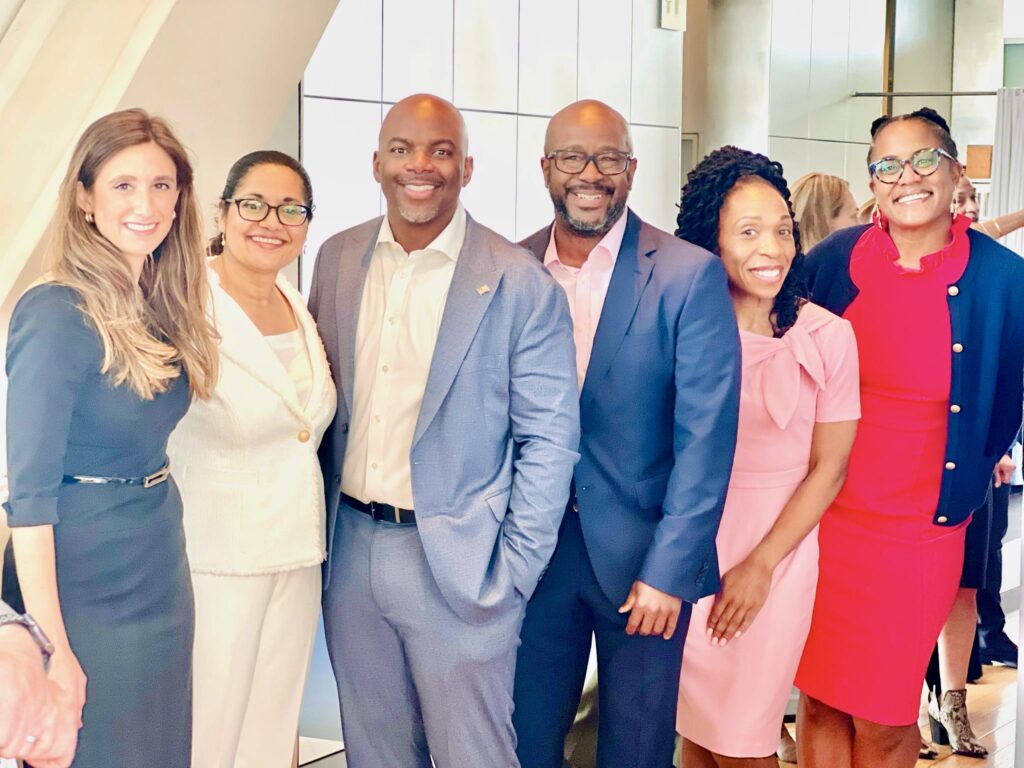
Criticism, Conviction, and the Courage to Persist
It’s impossible to be in this program and not wrestle with the realities of public leadership, the scrutiny, the stakes, the setbacks. Secretary Hillary Clinton offered a sobering but empowering reminder:
When you put your toe in the public arena, you have to know that not everything you do will be a home run. You have to learn to live with the setbacks as well as the successes.
That rang especially true for me. Leading change means navigating competing priorities, pushing up against resistance, and being willing to take bold bets without a guaranteed return. But PLS has given me a renewed sense of clarity and resilience. As Secretary Clinton reminds us: “Take criticism seriously, but not personally.” This is something that stuck with me because, at times, I could do better at differentiating between noise and signal. Which will allow me to stand firm in my values while adapting my tactics.
Secretary Clinton also reminded us: “There are no permanent victories or defeats.” That mindset is crucial. Whether you’re launching a new program, advocating for funding, or just trying to keep a team inspired amid organizational change, progress is rarely linear. But it is possible, with persistence and principle.
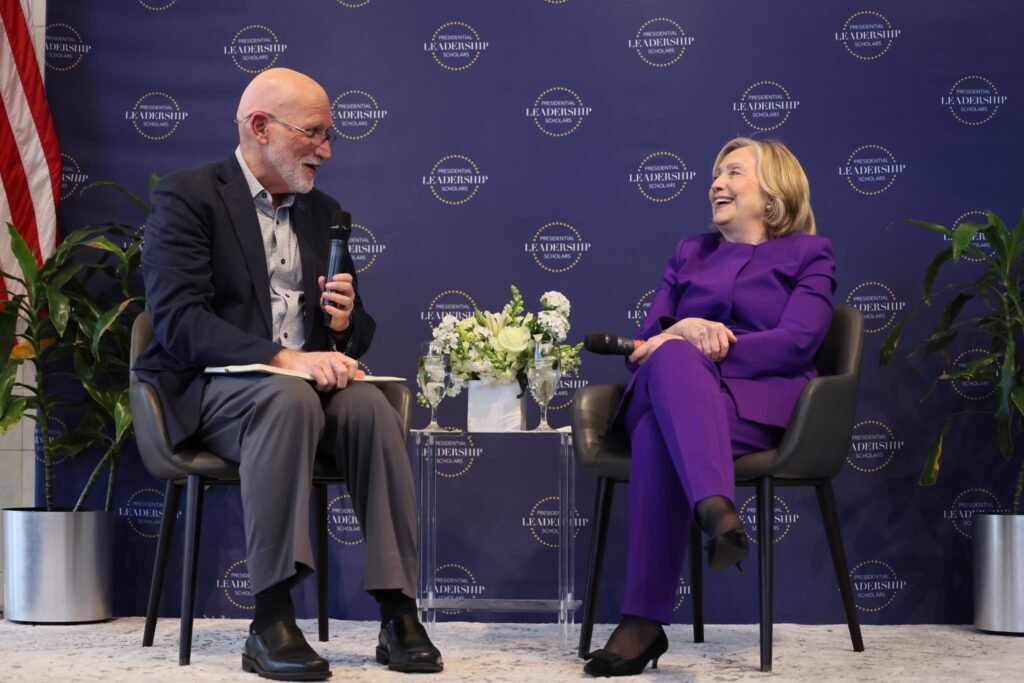
Connecting Values to Vision: From PLP to Practice
Every module has offered new tools to refine my PLP, but more importantly, each has expanded my perspective on how values show up in everyday decisions. My work at Northwell involves stewarding partnerships with schools, building out innovative learning models, and investing in future talent. So, when thinking about these relationships, it’s important to ask myself and others:
Are we designing with empathy?
Are we co-creating with community?
Are we measuring success not just by scale, but by lives improved?
This is the standard that will ensure people are better off than they were before. And it’s something I use when evaluating new projects, partnerships, and policies.
More tactically, I’ve also integrated PLS tools into how I lead. From developing communication strategies rooted in authentic storytelling, to embracing “obstacles as the way” in complex problem-solving, to approaching negotiations with the bias for action modeled by Congressman Hill, I feel more equipped, more grounded, and more energized than ever. That is what drives my work: not just preparing the next generation of healthcare professionals but ensuring that every learner has a meaningful pathway into a purpose-driven career that improves their life and the lives of others. And we’re doing it through innovative partnerships, immersive learning models, and real investment in the infrastructure of tomorrow’s talent.
A Word of Thanks
To the architects of this incredible program and many more) and the participating Presidential Centers, thank you. Wow! I can’t believe how fast time is flying by. The thoughtfulness with which the Presidential Leadership Scholars experience is designed is extraordinary. Every module feels like a masterclass in humility, wisdom, and possibility. Your work is shaping not just the leaders in the room, but the communities we’re serving far beyond it.
To my classmates in the PLS Class of 2025: you are the heartbeat of this experience. Your brilliance, vulnerability, and courage continue to challenge and inspire me. From bus conversations to project brainstorms to those moments of unexpected laughter, we are building something special together. I learn as much from you as I do from the curriculum, and I’m grateful for the opportunity to walk this path with each of you.
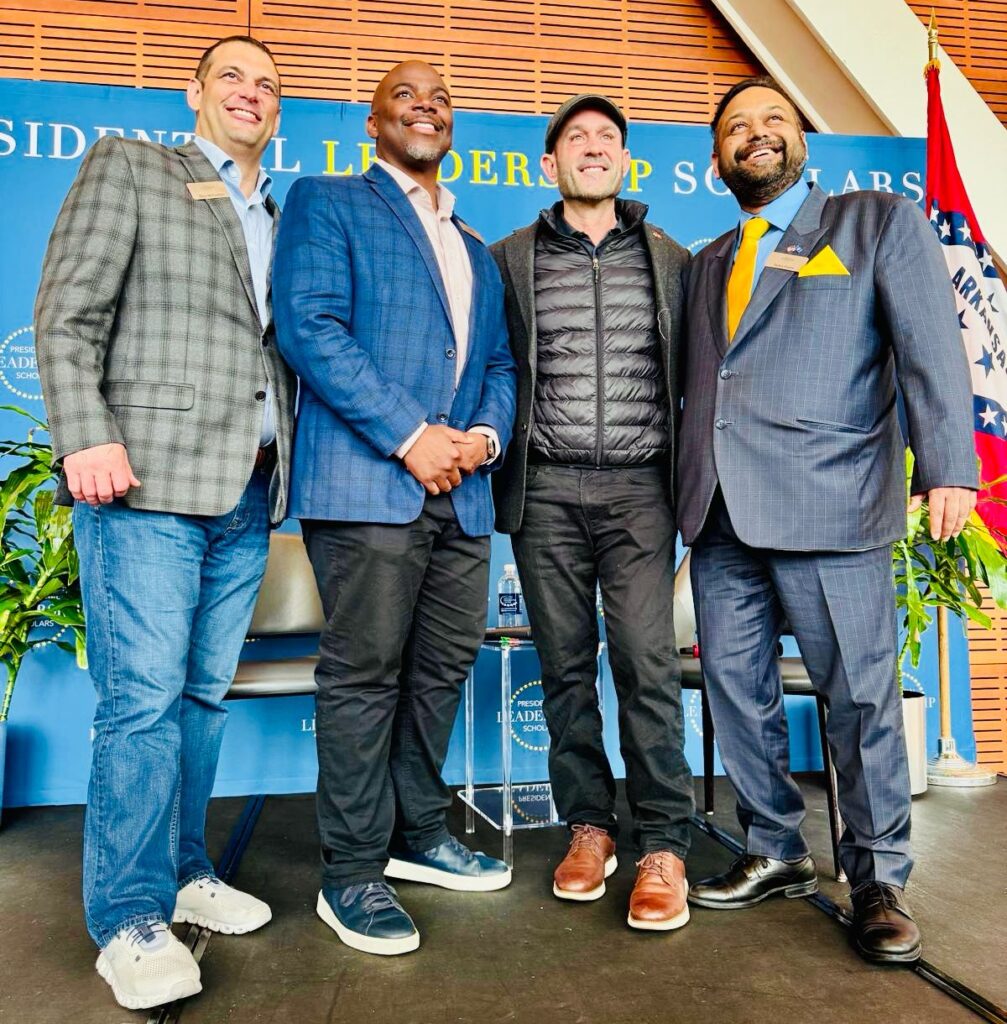
Final Thought
Perhaps the greatest gift of PLS so far has been the reminder that leadership isn’t about accolades or titles, it’s about the quiet, consistent work of making life better for others. It’s about holding vision and values in tension, about being shaped by our challenges, about turning stories into strategy and setbacks into stepping stones.
The road ahead will bring more questions, more discomfort, and more growth, but I welcome it. Each module, each moment, is sharpening my purpose and deepening my resolve to lead in a way that lasts. Because leadership, at its core, is about creating impact that outlives the moment.
Ed shares that leadership is about doing something “worth remembering.”
And that’s what I plan to do: with my kids, with my PLP, with my work, and with my life.
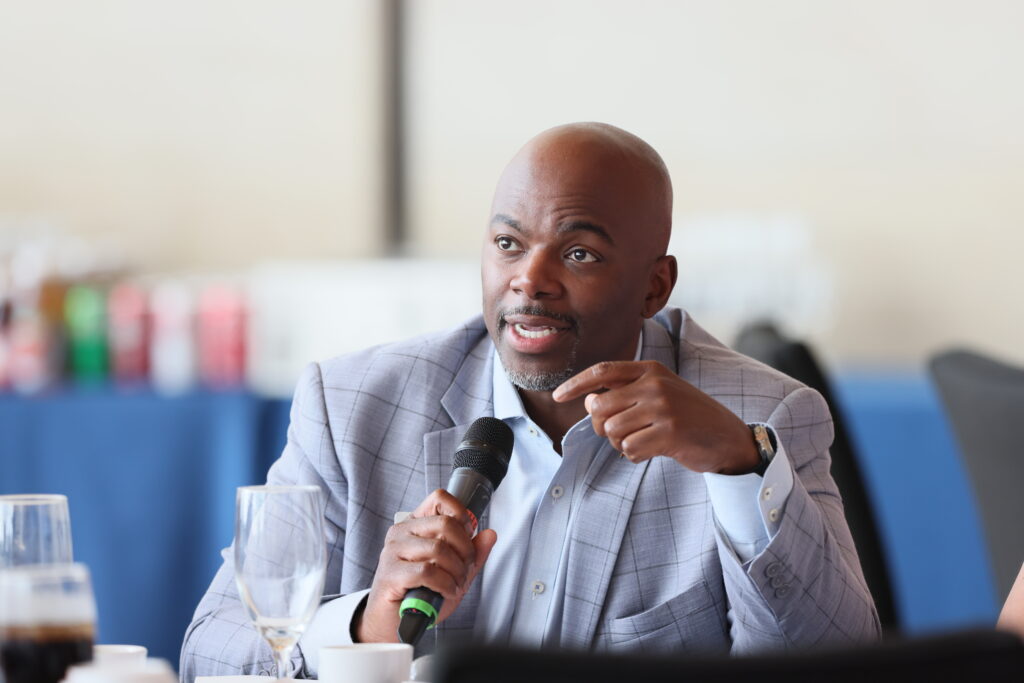
Stay Curious,
Brian
—
Brian Aquart is a Healthcare Executive, Advisor, and Executive Producer of Why I Left, a podcast chronicling real stories from real people about why they left their jobs. He is also a member of the 10th annual class of the Presidential Leadership Scholars (PLS) program. PLS brings together established leaders who collaborate to make a difference in the world as they learn about leadership through the lens of the presidential experiences of George W. Bush, William J. Clinton, George H.W. Bush, and Lyndon B. Johnson. Stay up to date with Brian on LinkedIn.


